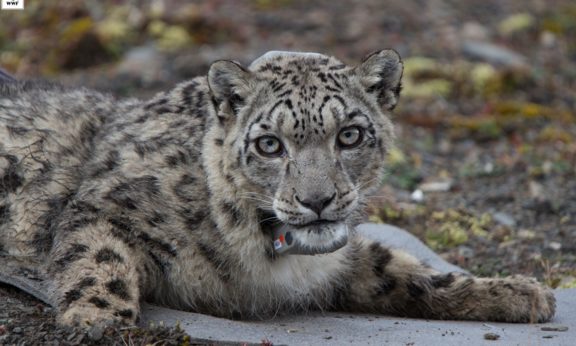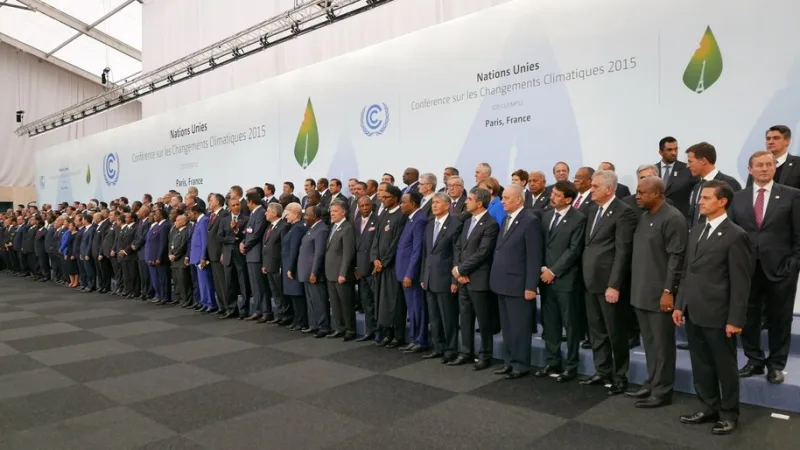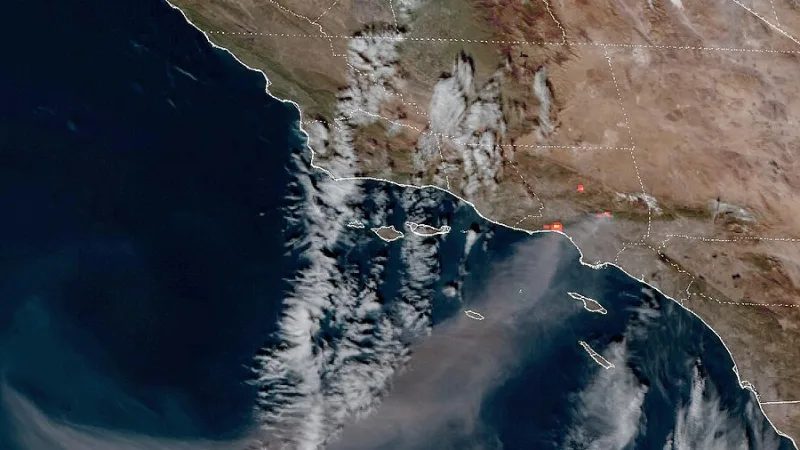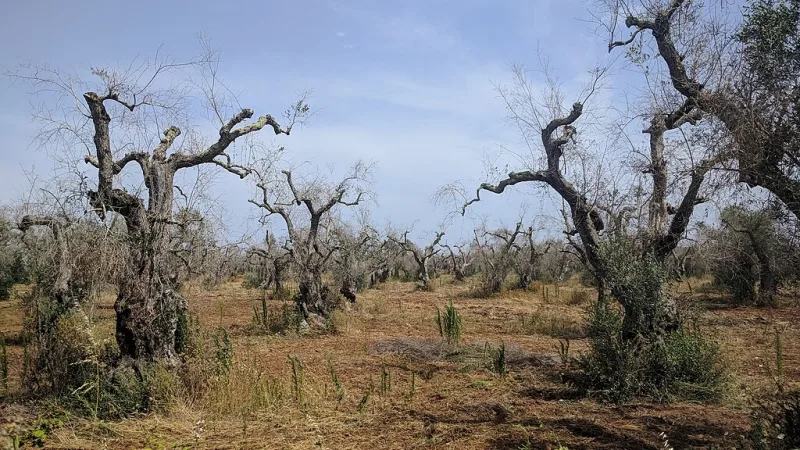Bhutan’s Snow Leopards: A Growing Population Amid Challenges

In a significant development, the National Snow Leopard Survey 2022-2023, supported by the Bhutan For Life project and WWF-Bhutan, has confirmed the presence of 134 snow leopards in Bhutan. This marks a 39.5% increase from the country’s initial survey in 2016, which recorded 96 individuals.
Surveying the Snow Leopard Habitat
Covering over 9,000 square kilometers of snow leopard habitat in the northern alpine landscape, Bhutan’s second national survey utilized 310 camera trap stations. It revealed a density of 1.34 snow leopards per 100 square kilometers, with higher concentrations in the western region as opposed to central and eastern Bhutan. Additionally, the survey documented snow leopards in several new areas. Given Bhutan’s extensive suitable habitat, which borders India and China, the study suggests that the country can serve as a source population for snow leopards in the region.
Bhutan’s Potential Role as a Snow Leopard Source Population
Karma Tshering, Secretary of the Ministry of Energy and Natural Resources, emphasized both Bhutan’s role as a stronghold for snow leopards and the species’ precarious status. The snow leopard is classified as Vulnerable on the IUCN Red List, underscoring the urgent need for protection to prevent its extinction. Threatened by habitat degradation, dwindling prey numbers, human conflict, poaching, and climate change, snow leopards face a declining global population. Nevertheless, conservation efforts in Bhutan aimed at restoring snow leopard habitat and combatting poaching appear to be yielding positive outcomes. It is crucial to note that snow leopards are listed as a protected species, making it illegal to harm or kill them.
Funding support from the Bhutan For Life project and field gear assistance from WWF-Bhutan enabled the successful execution of the National Snow Leopard Survey 2022-2023. Dr. Pema Wangda, Executive Director of the Bhutan for Life Fund Secretariat, expressed excitement at the increasing snow leopard population, highlighting the result’s significance in maintaining a healthy alpine mountain ecosystem that serves as a crucial water source for millions downstream. The conservation initiative, facilitated through the financing mechanism of Bhutan for Life, is privileged to be involved in this valuable endeavor.
Conservation Challenges
Snow leopards play a vital role as apex predators and act as indicators of mountain habitat health. However, the growing snow leopard population may pose challenges to herding communities as they can prey on yak calves. The report recommends implementing livestock insurance schemes and providing coral fencing as protective measures. Additionally, community-based wildlife tourism and other initiatives can promote coexistence between snow leopards and the communities that share their landscape.
Chimi Rinzin, Country Director for WWF-Bhutan, commended Bhutan’s achievements in conservation and acknowledged the government’s leadership and the conservation ethos of highland communities. Recognizing the rising conflict as an ongoing challenge, WWF is dedicated to addressing the issue to ensure the future of snow leopards while protecting the livelihoods of herder communities.
Furthermore, WWF views the survey as a valuable contribution to snow leopard research. Given the species’ elusive nature and the difficulties posed by mountain terrain, these findings help fill existing knowledge gaps and support the development of more effective conservation strategies across the snow leopard’s range.






